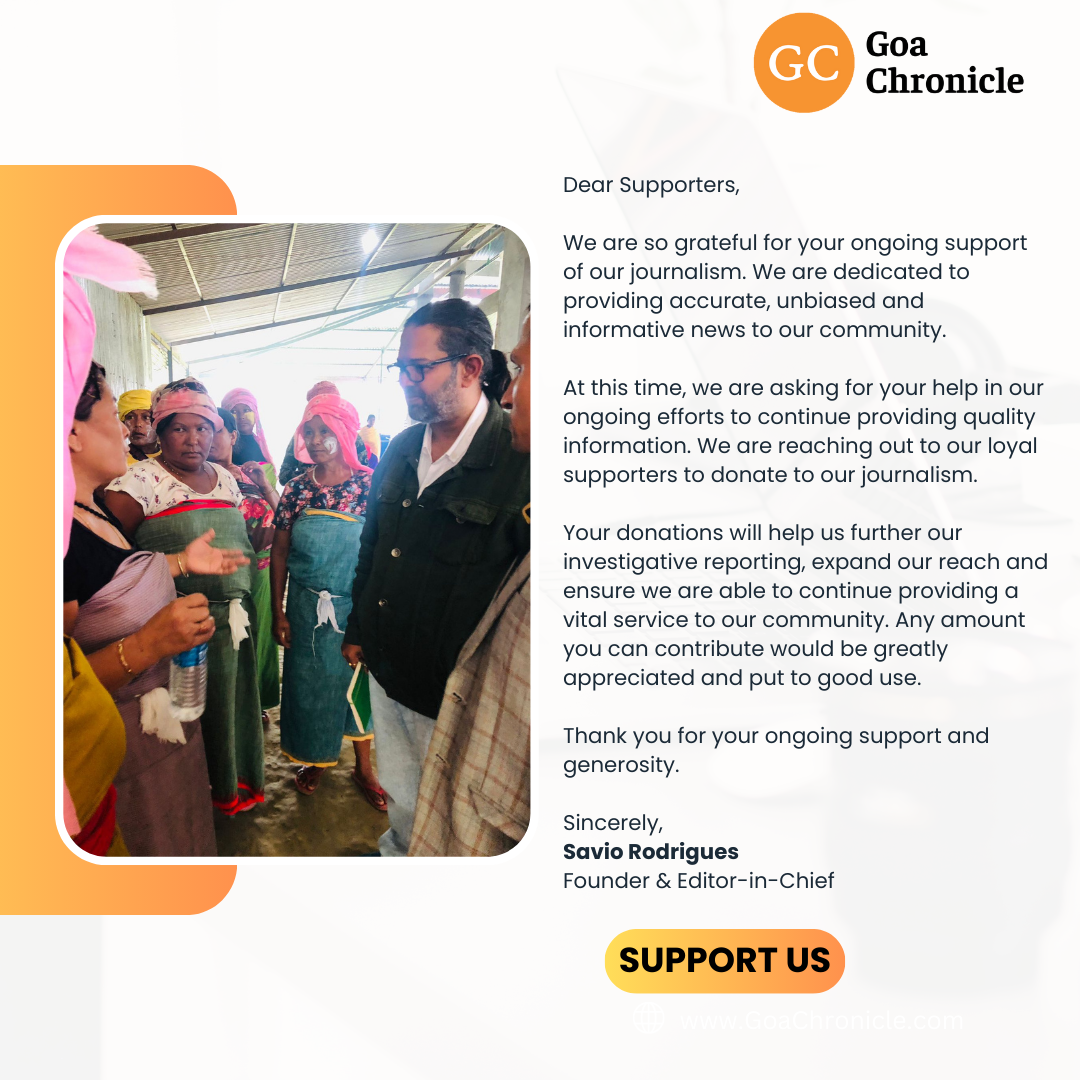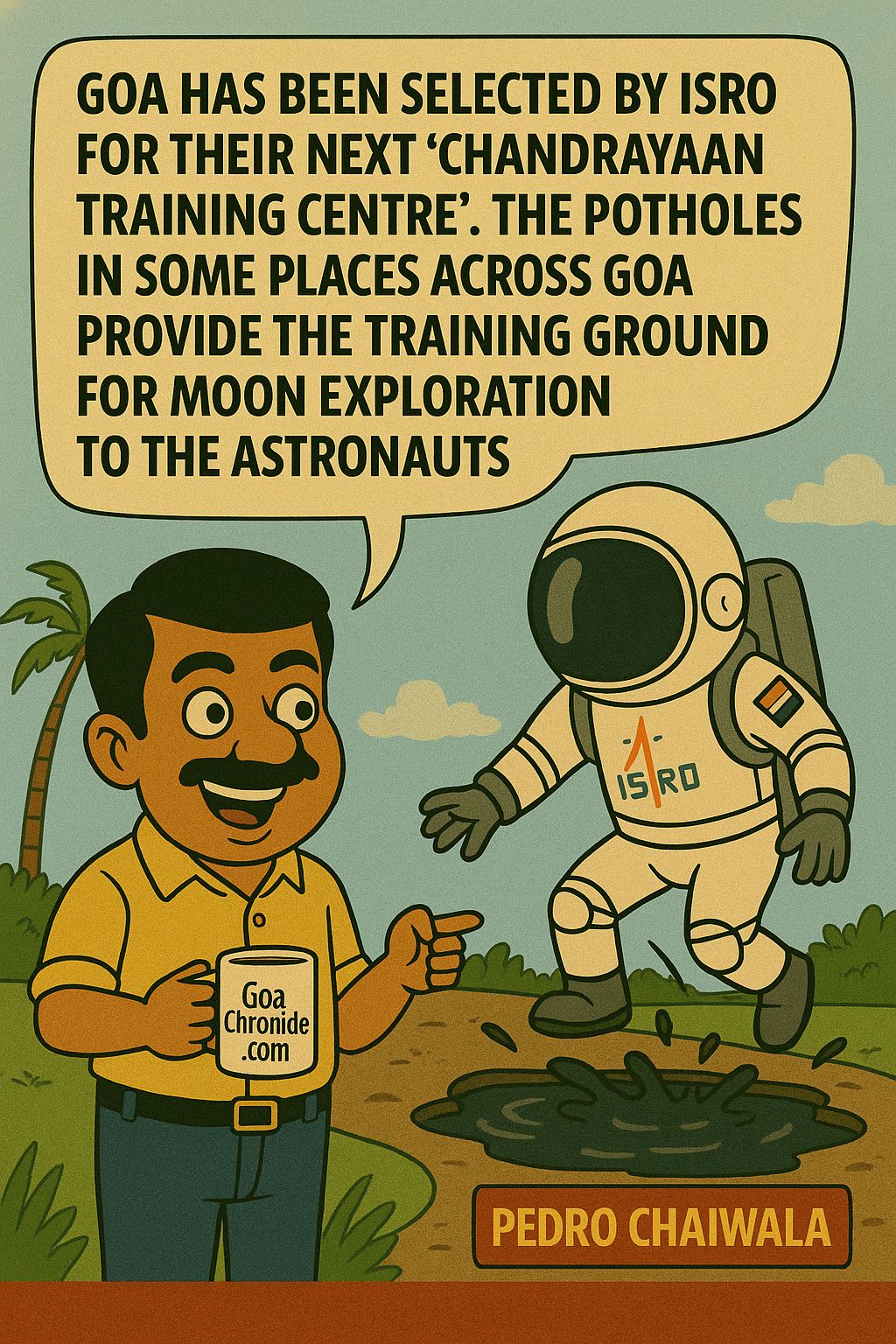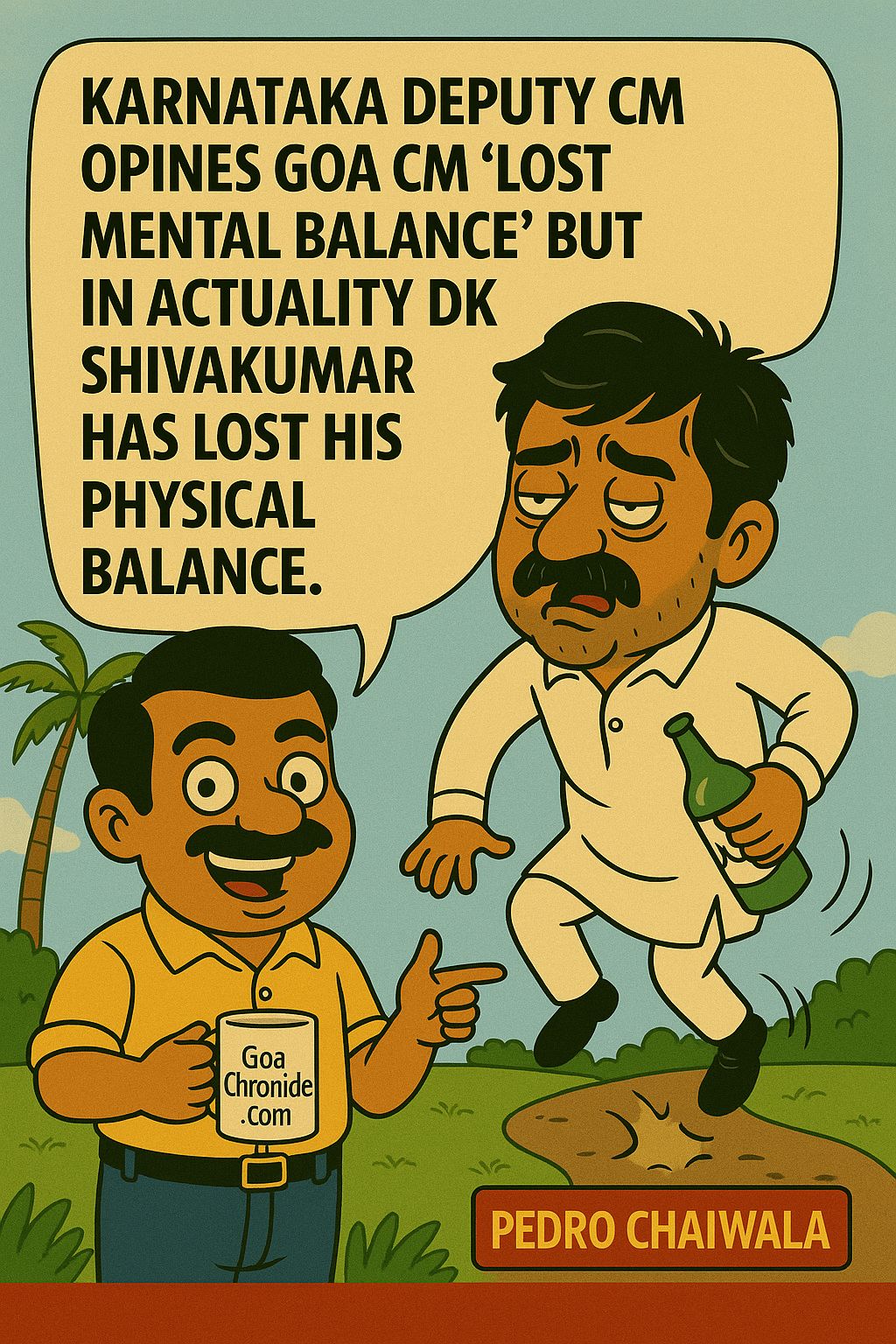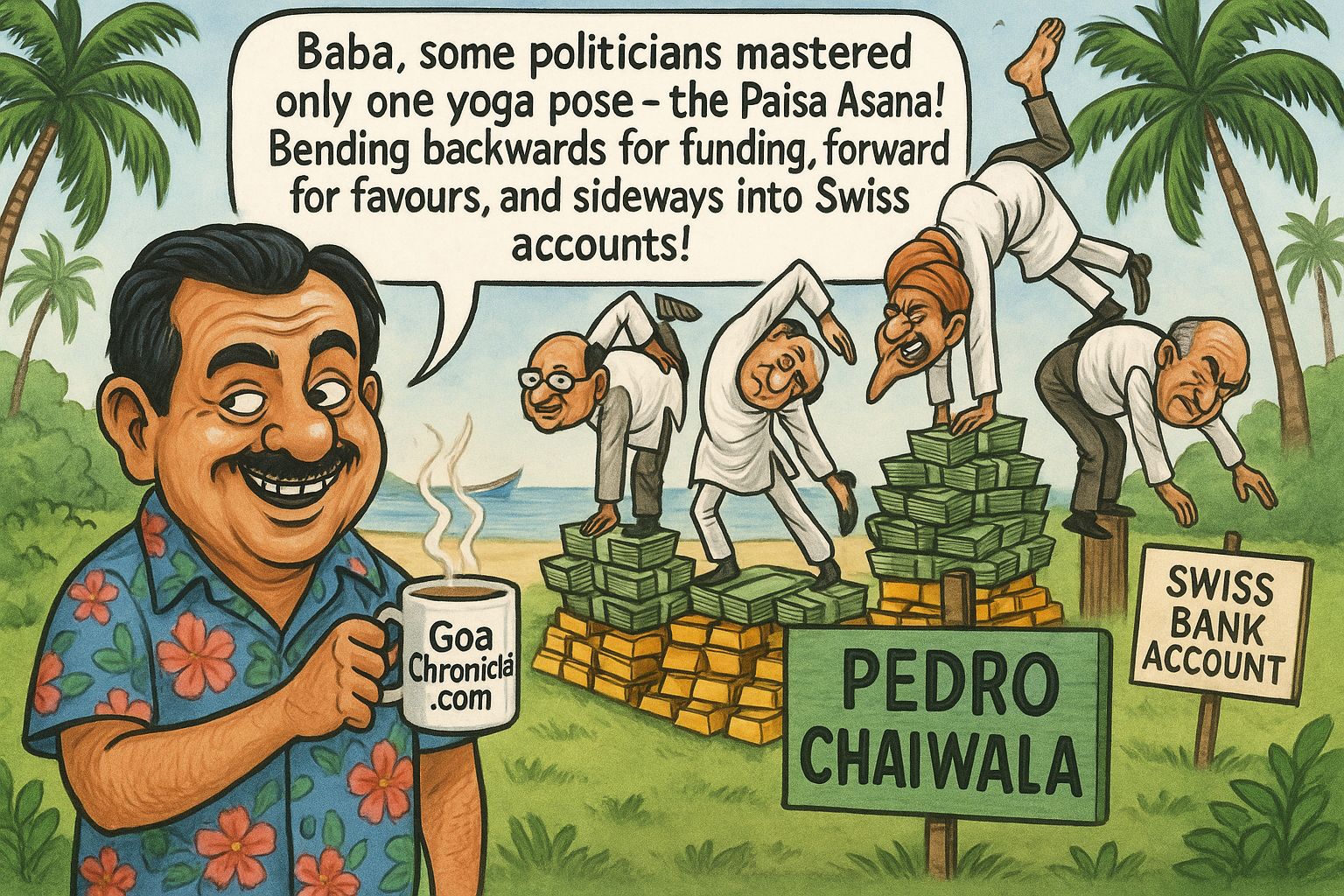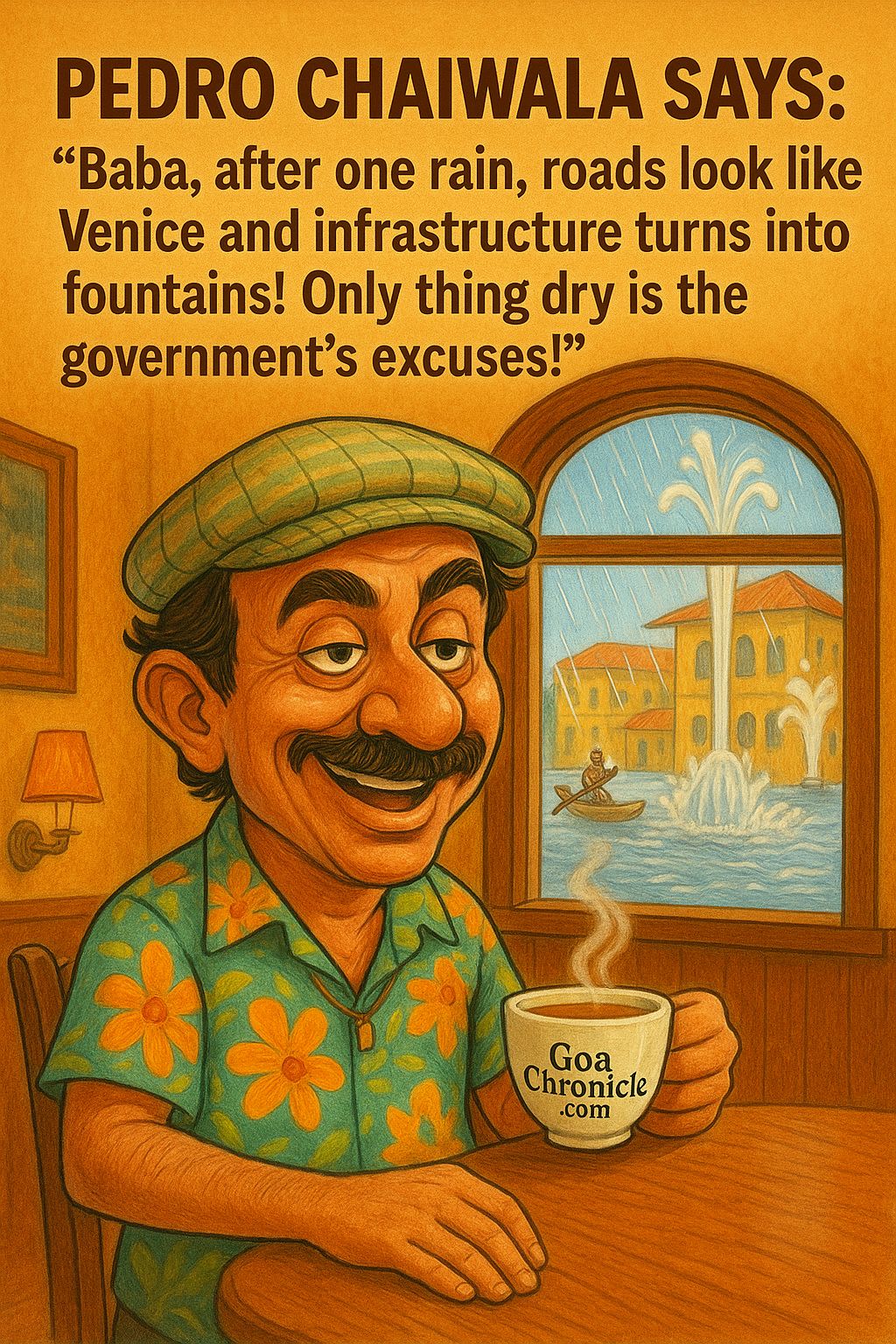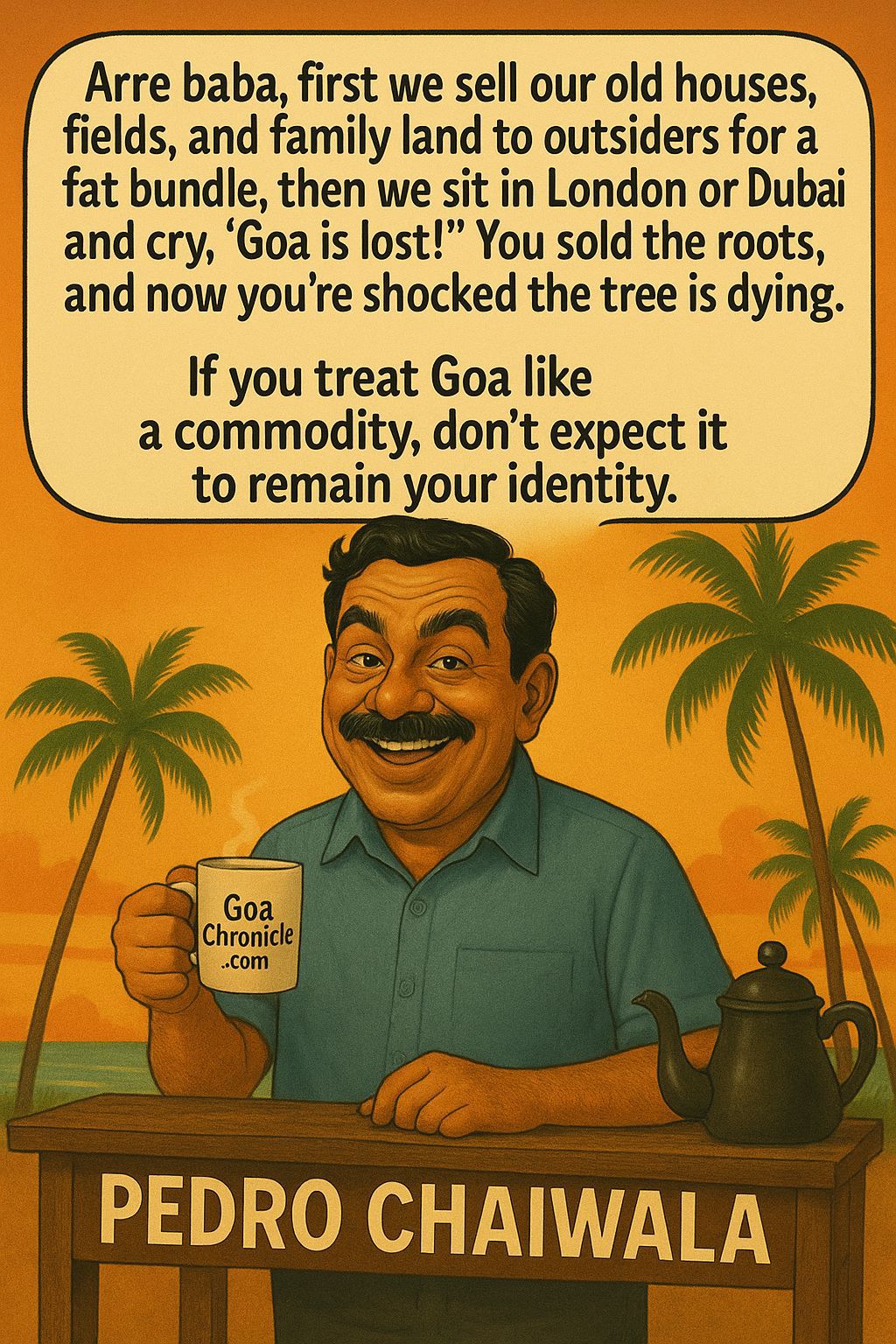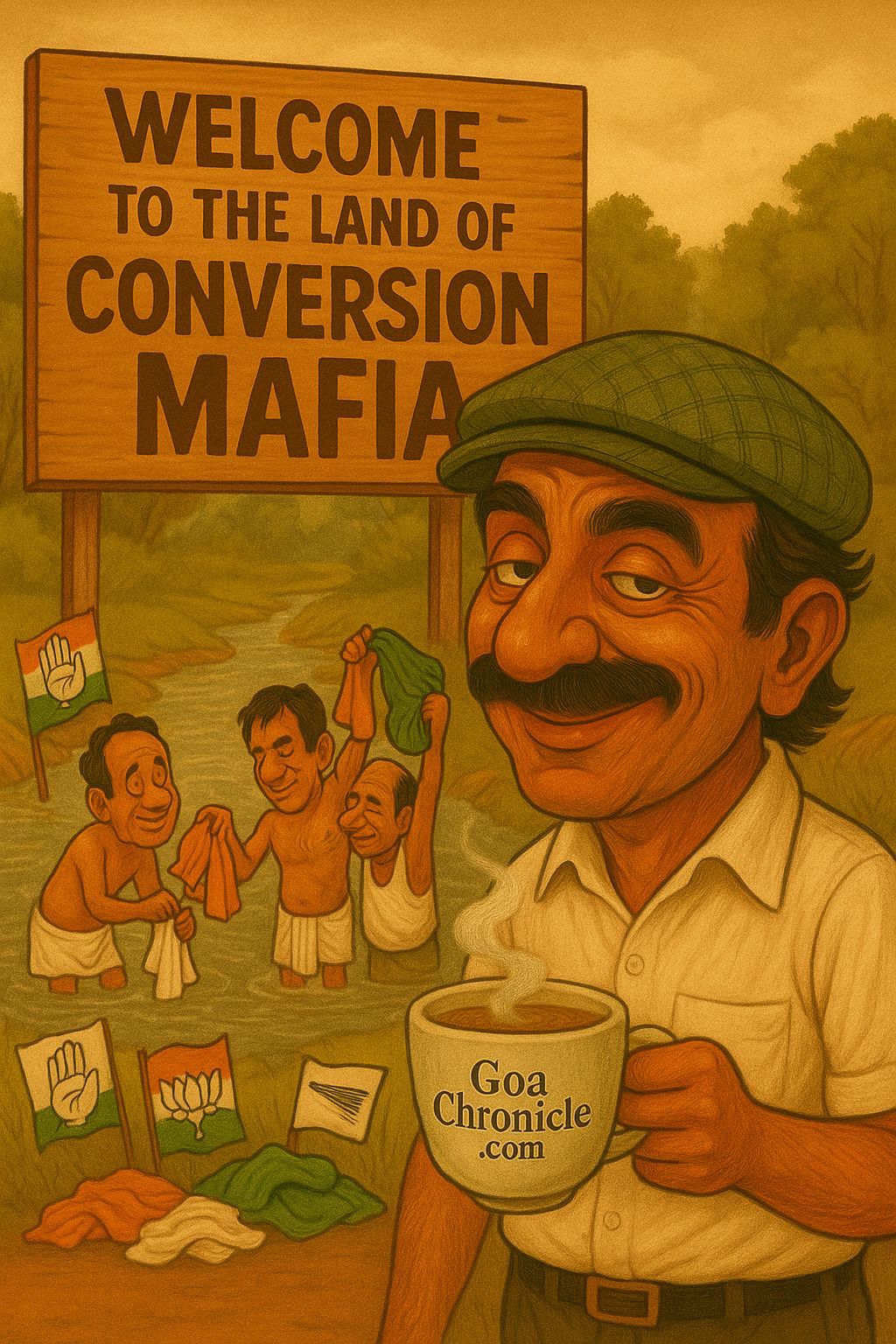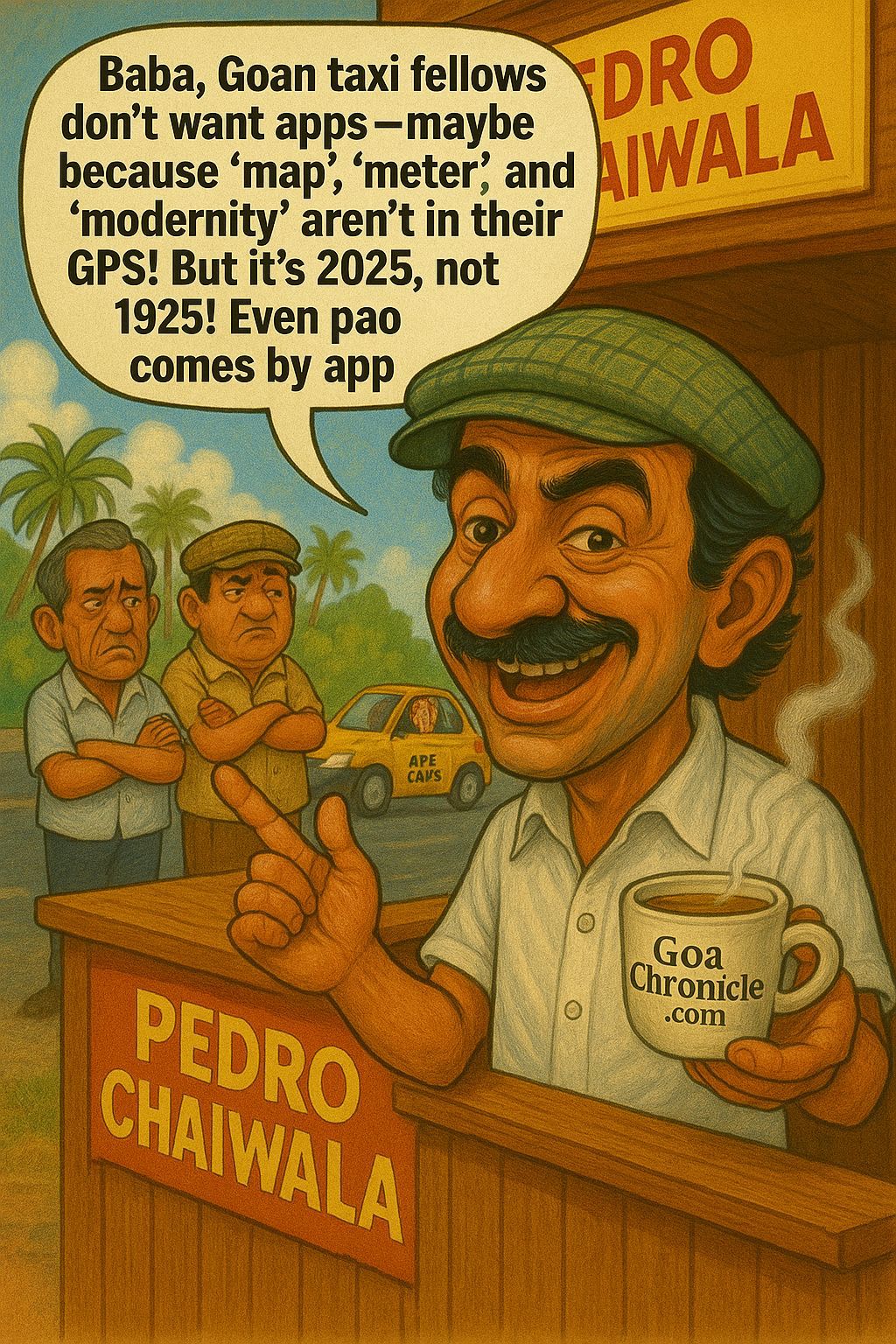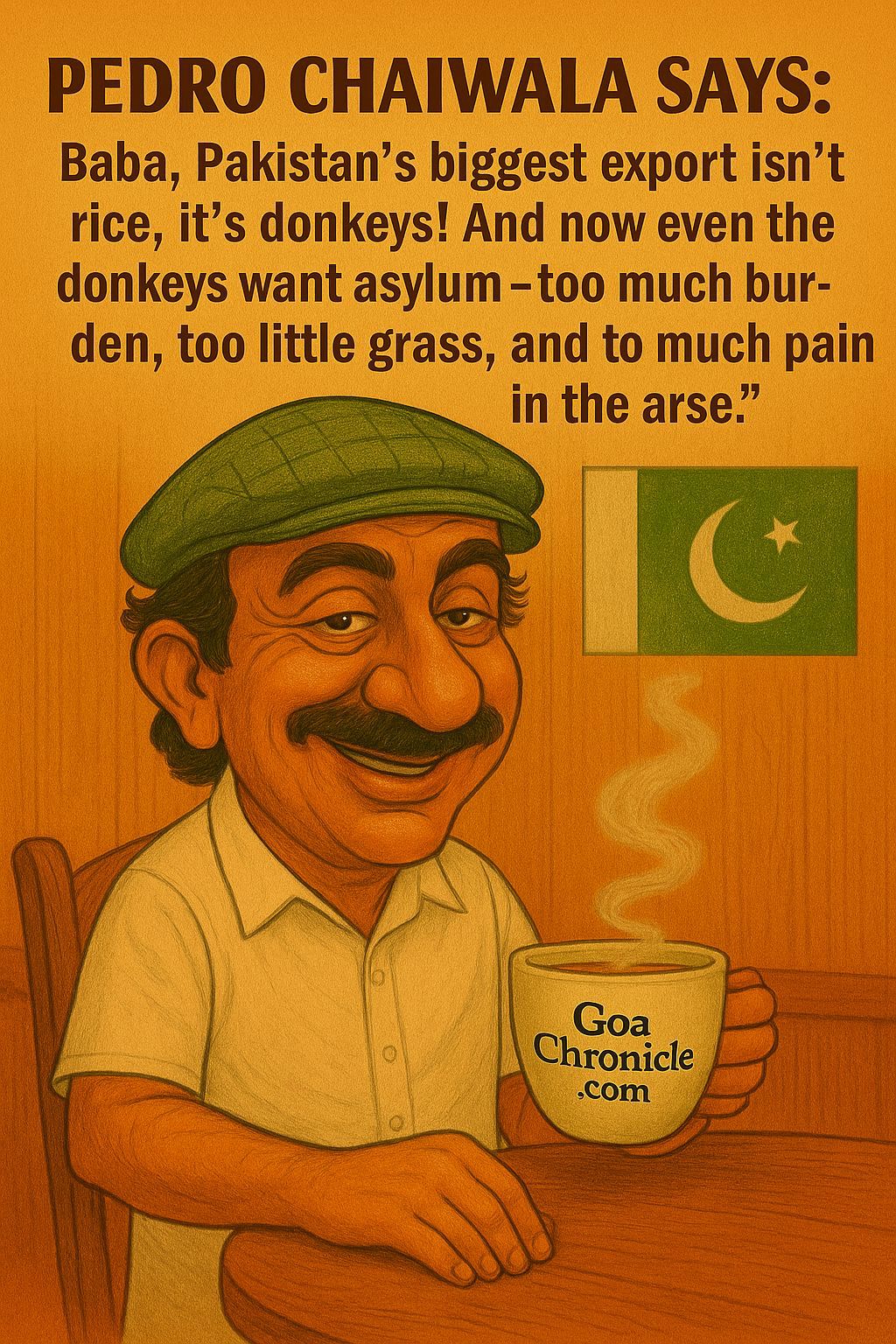Goa is at a crossroads. The land that once symbolised spiritual tranquillity, natural abundance, and cultural harmony is today choking under the weight of borrowed ideas — economic models imported from the West and development paradigms that measure progress by concrete and not by character. We call it “development,” but the truth is that Goa is bleeding — economically, environmentally, and morally. It is time Goa breaks free from this colonial hangover and evolves its own Bharat-centric development model — rooted in the ethos of dharma, sustainability, and self-reliance.
For decades, Goa has tried to imitate the Western model of development — tourism-driven, consumption-oriented, and urban expansionist. Beaches became brands. Hills became plots. Rivers became sewers. And the soul of Goa — its village life, its spirituality, its self-sustaining economy — was left gasping for breath.
We were told that tourism would be our goldmine. But what has this blind dependency brought us? Seasonal employment, cultural dilution, and environmental degradation. Goa’s GDP numbers may look impressive on paper, but behind those figures lies a stark reality — rising inequality, vanishing green cover, and a growing moral bankruptcy.
This is not development. It is economic mimicry — a lazy adaptation of Western models that neither suit our geography nor our culture. Goa’s people were never meant to live in glass towers and gated colonies; they were meant to thrive in vibrant villages, rooted in community and coexistence.
A Bharat-centric development model is not a rejection of modernity; it is the intelligent integration of tradition with technology. It is about understanding that growth cannot come at the cost of identity. Goa needs a development paradigm that respects its soil, its culture, and its people — one that sees prosperity not only as material wealth but as spiritual and social well-being.
In Bharat’s civilisational philosophy, Artha (economy) is always balanced by Dharma (ethics). Development without dharma is destruction. Goa must rediscover this balance. We cannot keep selling our land, culture, and conscience in the name of progress. The Bharat-centric model is not about isolation; it’s about rooted globalisation — thinking globally but living locally.
1. Agriculture and Agro-Biotechnology:
Goa’s soil is fertile, yet its farmers are abandoning fields for city jobs or tourism trade. A Bharat-centric model would bring back dignity to farming through organic agriculture, bioenzyme-based soil rejuvenation, and farm-to-market entrepreneurship. Let Goa become India’s pilot state for residue-free and regenerative agriculture – combining traditional farming wisdom with modern bio-tech innovation.
2. Water and Ecology as Economic Assets:
Goa’s rivers, lakes, and coasts are not tourist commodities; they are living ecosystems. Instead of unregulated beach resorts and sand mining, we should invest in ecological entrepreneurship – mangrove restoration, community aquaculture, and renewable energy hubs along river basins. Water must become the new wealth of Goa – not through exploitation, but through sustainable utilisation.
3. Village-Centric Economies:
Our ancestors built self-sufficient gaunkaris (village communities) long before “local governance” became a bureaucratic term. Each village was an economic unit, balancing agriculture, handicraft, and community welfare. The Bharat-centric model must revive this – by empowering Panchayats as economic hubs, creating local employment ecosystems, and encouraging local enterprise through microfinance and cooperative development.
4. Cultural and Spiritual Tourism:
Tourism should not be about rave parties and liquor shacks. Goa can be the lighthouse of India’s spiritual tourism – yoga retreats, Ayurvedic wellness centres, sacred heritage trails, temple and church restoration projects that attract seekers, not hedonists. Let us turn Goa into the “Dev Bhoomi” – a state where faith, culture, and ecology coexist harmoniously.
5. Tech-Driven but Ethically Grounded Innovation:
A Bharat-centric Goa embraces technology but not dependency. We can attract Indian startups focused on renewable energy, AI in healthcare, agri-tech, and clean water solutions. Let Goa host “Tech for Bharat” incubators that train youth to innovate for villages, not just metros. Technology must serve humanity – not enslave it.
India’s civilisational model has always been decentralised, dharmic, and sustainable. Every region adapted its resources to its way of life. Goa can rediscover that model by aligning its development policy with Pancha Mahabhuta — the five elements of nature — Earth, Water, Fire, Air, and Space.
• Earth (Bhoomi): Protect land from reckless urbanisation.
• Water (Jal): Restore rivers and treat water as sacred.
• Fire (Agni): Harness solar energy and phase out polluting industries.
• Air (Vayu): Promote green mobility and local forestation.
• Space (Akash): Foster knowledge, innovation, and cultural pride.
This is not mysticism; it is the blueprint of sustainable civilisational progress. Bharat grew for thousands of years because it never saw nature as a resource — it saw it as a relative. Goa’s new model must mirror that sentiment.
Goa’s governance must shift from contractor-driven to community-driven. The government’s job should not be to distribute tenders but to distribute empowerment. Policies must be co-created with the people — farmers, fishermen, youth, artisans, and women’s self-help groups. The new development policy should not come from air-conditioned boardrooms but from Gram Sabhas.
At the same time, the people of Goa must introspect. We cannot demand a new model while clinging to old habits — of apathy, corruption, and dependence on the state. True development begins when citizens take responsibility — for their land, their heritage, and their future.
Goa is uniquely placed to become the laboratory of Bharat’s new civilisational renaissance. Small in size, diverse in culture, rich in talent — it can be the testing ground for India’s future model of integrated, ethical development. Let Goa become the first state to implement a “Dharmic GDP Index” — measuring success not just by income but by happiness, environmental health, and social harmony.
Imagine a Goa where every village runs on solar power, where agriculture is chemical-free, where rivers are clean, where tourism respects culture, and where education teaches children not just how to earn a living but how to live with meaning. That is the Goa Bharat needs.
Goa’s destiny cannot be written by real estate sharks, casino operators, or bureaucratic middlemen. It must be written by conscious citizens, rooted entrepreneurs, and visionary leaders who understand that true progress lies not in more malls but in more meaning.
We do not need another borrowed model. We need a Goan model of Bharat — a model that celebrates sustainability, spirituality, and sovereignty. Development that serves the people, not the profiteers.
If we can dare to dream of this Bharat-centric Goa, we will not just rebuild a state — we will awaken a civilisation. Because the spirit of Bharat does not die; it merely waits for those with the courage to revive it.
And Goa — the land of light, faith, and fire — must lead that revival.





